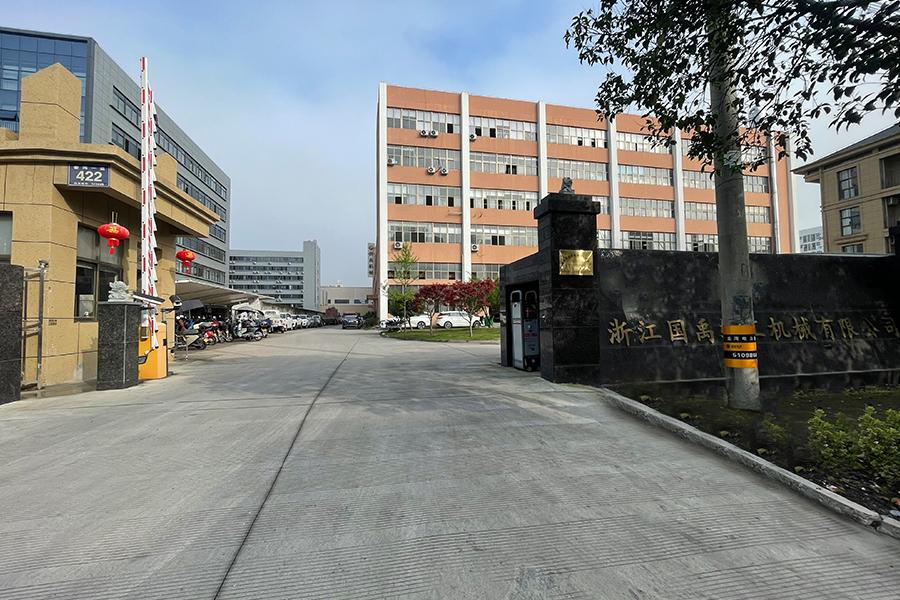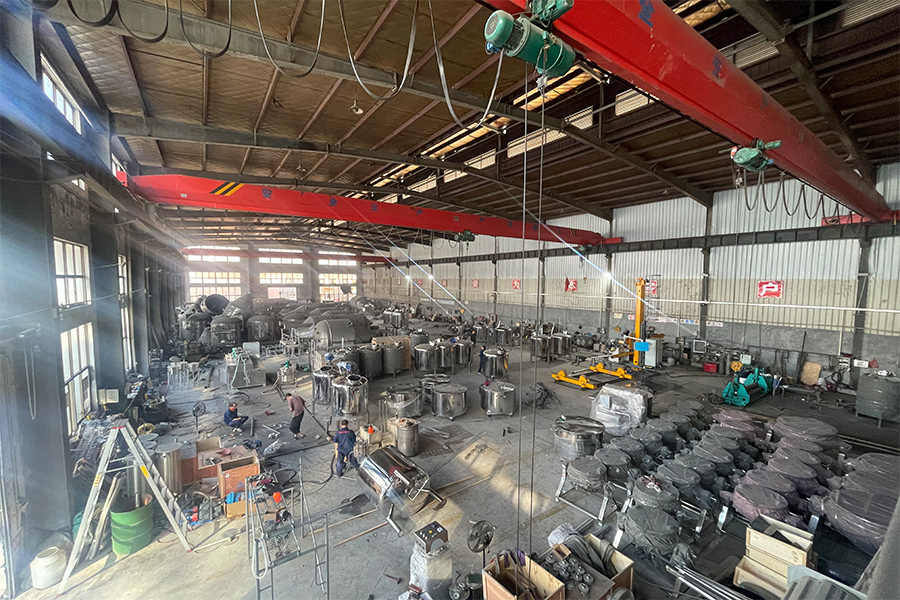-
 [email protected]
[email protected]
-
 +86-13706666922
+86-13706666922

The industrial processing sector is witnessing a significant transformation in equipment maintenance and sanitation protocols, driven by the widespread implementation of Clean In Place Systems. These sophisticated arrangements represent a fundamental shift in how processing equipment is maintained, enabling thorough cleaning without disassembly or physical relocation of components. The technology behind Clean In Place Systems has evolved considerably, offering industries across multiple sectors an effective method for maintaining hygiene standards while optimizing operational efficiency.
The operational principle of Clean In Place Systems involves the circulation of cleaning solutions through equipment while it remains assembled in its normal operational configuration. These comprehensive Clean In Place Systems typically incorporate networks of spray devices, temperature-controlled tanks for cleaning solutions, and specialized pumps that create the necessary flow dynamics. Modern Clean In Place Systems utilize programmable logic controllers to manage cleaning parameters including solution concentration, temperature maintenance, and contact duration. The automation embedded within advanced Clean In Place Systems ensures consistent execution of cleaning protocols while generating comprehensive documentation for quality assurance purposes.
The implementation of Clean In Place Systems has become standard practice across numerous industries where equipment hygiene is crucial. Food and beverage manufacturers were among the earliest adopters of Clean In Place Systems, utilizing them to maintain sanitation in processing lines, storage vessels, and transfer pathways. Pharmaceutical and biotechnology companies have integrated highly sophisticated Clean In Place Systems into their manufacturing processes, where they ensure product purity and comply with stringent regulatory requirements. Cosmetic producers and chemical manufacturers have also embraced Clean In Place Systems to maintain product quality and prevent cross-contamination between production batches.
Technological advancements have substantially enhanced the capabilities of modern Clean In Place Systems. Contemporary designs often incorporate advanced monitoring technology that verifies cleaning effectiveness through various analytical methods. Many current Clean In Place Systems feature sophisticated water management components that optimize consumption and reduce waste water generation. The integration of these smart technologies within Clean In Place Systems has significantly improved resource utilization while maintaining thorough cleaning performance. These innovations have made Clean In Place Systems more sustainable and economically advantageous for industrial users.
The design and configuration of Clean In Place Systems continue to evolve to address specific industry requirements and challenges. Engineering considerations for Clean In Place Systems include material compatibility with cleaning agents, hydraulic performance through complex equipment geometries, and validation methodologies that demonstrate cleaning efficacy. Modern Clean In Place Systems often incorporate modular designs that allow for customization according to specific facility layouts and processing equipment configurations. Safety features integrated into Clean In Place Systems include containment measures, pressure monitoring components, and fail-safe mechanisms that ensure reliable operation throughout the cleaning cycles.
Future development trajectories for Clean In Place Systems focus on enhanced sustainability features and deeper digital integration. Next-generation Clean In Place Systems are being designed with improved energy efficiency through better heat recovery mechanisms and optimized pump technology. The ongoing digital transformation within industrial settings is influencing Clean In Place Systems evolution, with increased emphasis on connectivity features that enable these systems to interface with broader manufacturing execution systems. Research initiatives are exploring novel approaches that could further improve the environmental footprint and operational intelligence of Clean In Place Systems. These continuing advancements in Clean In Place Systems technology promise to further strengthen their role as essential components in modern industrial operations, supporting both product quality assurance and sustainable manufacturing practices across global markets.







